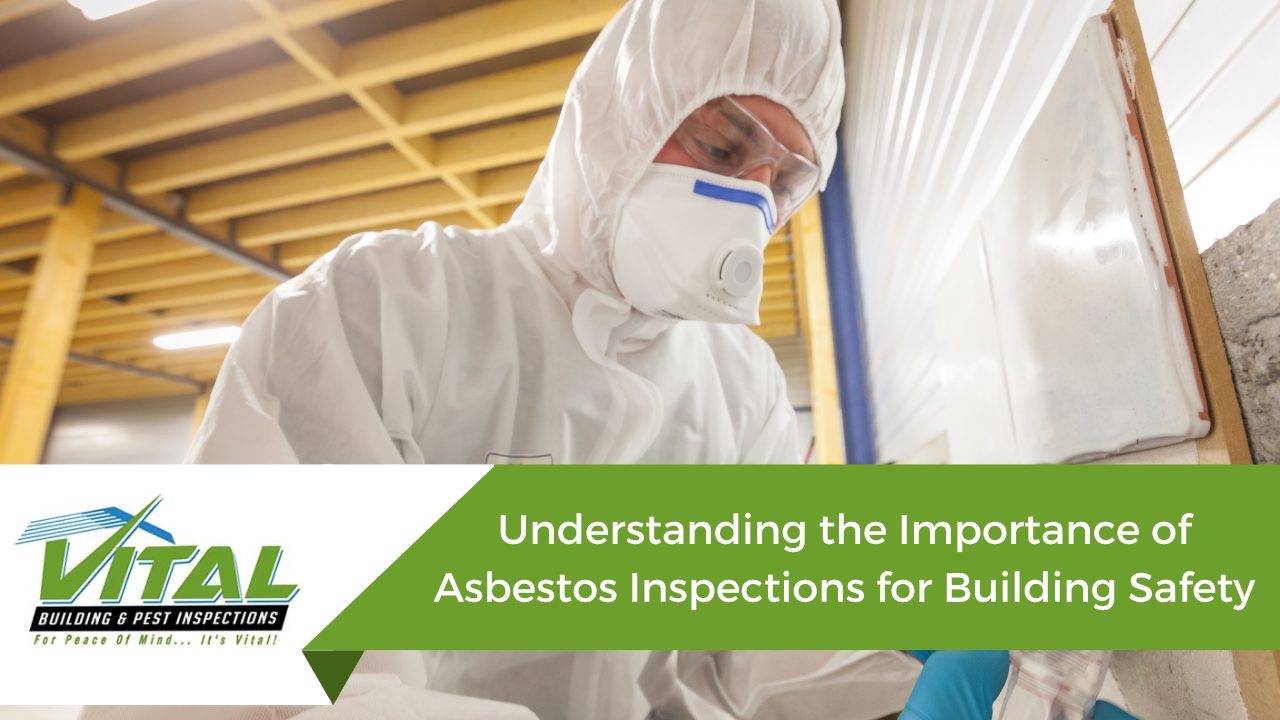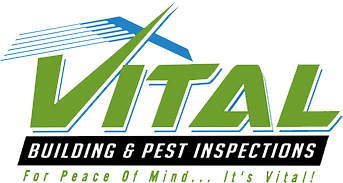Navigating property ownership can be a challenging task, especially when it comes to handling potential hazards like asbestos. Did you know that many buildings constructed before 1990 contain this silent and potentially lethal threat? In our comprehensive guide, we unravel the importance of regular asbestos inspections for building safety and how they can protect your health as well as your wallet. Dive in to discover why these inspections are an integral part of maintaining any building’s health.
Why are asbestos inspections important for building safety?
Asbestos inspections are crucial for building safety as they identify and assess the presence of asbestos-containing materials, minimising health risks and ensuring compliance with legal requirements.
Health and safety risks associated with asbestos
Exposure to asbestos fibres holds a high-risk status due to its severe health implications. These hazardous fibres, when disturbed, become airborne and easily inhaled or ingested. The body’s inability to expel these tiny particulates results in prolonged exposure that may eventually lead to serious medical conditions such as lung cancer, mesothelioma and asbestosis – all deadly diseases with long latency periods.
Due to these significant risks, stringent Australian work health and safety laws strictly regulate activities involving asbestos, highlighting the necessity of regular building inspections for its detection.
Emphasising this danger further is the need for surface testing on workplaces with potential asbestos cement building materials – a critical step towards preventing any harmful exposure among occupants or workers within the premises.
Therefore, understanding and mitigating potential health hazards connected with asbestos are paramount not only for ensuring a safe environment but also for legal compliance.
Legal requirements and compliance
Complying with legal requirements is a fundamental aspect of ensuring building safety when it comes to asbestos inspections. Strict work health and safety (WHS) laws are in place to protect individuals from the health risks associated with asbestos exposure.
These laws prohibit the involvement of asbestos in most work activities, except in specific circumstances where stringent safety protocols are required. Workplace buildings that contain asbestos cement materials are obligated to conduct surface testing to check for fibres in the dust.
An asbestos register is mandatory for workplace buildings, unless they were constructed after a certain date and do not contain any asbestos. Various Australian states also have guidelines and procedures in place for reporting and managing asbestos, further emphasising the importance of compliance with legal requirements.
Preventing asbestos-related diseases
Exposure to asbestos can lead to serious health conditions, including lung cancer and mesothelioma. These diseases may take years or even decades to develop, making prevention crucial. By conducting regular asbestos inspections in buildings, potential sources of asbestos exposure can be identified and managed effectively.
With the implementation of proper containment measures and removal strategies, the risk of asbestos-related diseases can be significantly reduced. It is important for building owners and managers to prioritise these inspections as part of their overall safety strategy, ensuring a healthy environment for occupants and workers alike. Remember that early detection through thorough inspections is key in preventing the devastating impact of asbestos-related illnesses.

The process of asbestos inspections
During the process of asbestos inspections, qualified professionals first identify any asbestos-containing materials in a building and assess their condition and risk.
Identifying asbestos-containing materials
One crucial aspect of asbestos inspections is the identification of materials that contain this harmful substance. Asbestos can be found in various building materials such as insulation, roofing shingles, floor tiles, and cement pipes.
These materials may appear harmless and undetectable to the untrained eye, which is why a professional inspection is necessary. Through specialised techniques and equipment, qualified assessors can accurately identify asbestos-containing materials and evaluate the risk they pose.
This knowledge allows for proper management and removal measures to be implemented, ensuring the safety of occupants and workers within the building.
Assessing the condition and risk
During asbestos inspections, the condition and risk of asbestos-containing materials are carefully assessed to determine the potential for exposure. Trained professionals use specialised equipment and techniques to examine these materials and evaluate their current state.
This assessment includes a thorough examination of factors such as deterioration, damage, or disturbance that could release harmful asbestos fibres into the air. By conducting this evaluation, building owners can identify areas where immediate action may be required to ensure safety and prevent further risks.
Regular assessments help in developing an effective asbestos management plan that prioritizes the removal or encapsulation of hazardous materials based on their condition and level of risk. Taking proactive measures not only ensures compliance with regulations but also safeguards the health and well-being of occupants and workers within the building environment.
Developing an asbestos management plan
Developing an asbestos management plan is a crucial step in ensuring the safety and well-being of occupants and workers in a building. This comprehensive plan outlines the procedures, protocols, and measures that need to be implemented to effectively manage any asbestos-containing materials present.
It includes identifying and assessing these materials, determining their condition and risk level, and implementing appropriate control measures to prevent exposure. By having a well-developed asbestos management plan in place, property owners can ensure compliance with regulations, mitigate potential liability risks, and most importantly, create a safe environment for everyone involved.

Get your asbestos inspections from Vital Building & Pest Inspections
Understanding the importance of asbestos inspections for building safety is crucial for protecting the health and well-being of occupants and workers. By identifying and managing asbestos-containing materials, these inspections help prevent potential health risks and ensure compliance with safety regulations.
Regular asbestos inspections not only mitigate liability and financial risks but also create a safe environment that promotes the overall well-being of individuals in buildings. Stay proactive by prioritising asbestos testing to safeguard both your property and the people within it.
If you need an asbestos inspection for your property, contact the experts at Vital Building & Pest Inspections. As Sydney’s premier provider, you’re in safe hands knowing that you can protect your family and reduce the risk of exposure to harmful asbestos chemicals.






